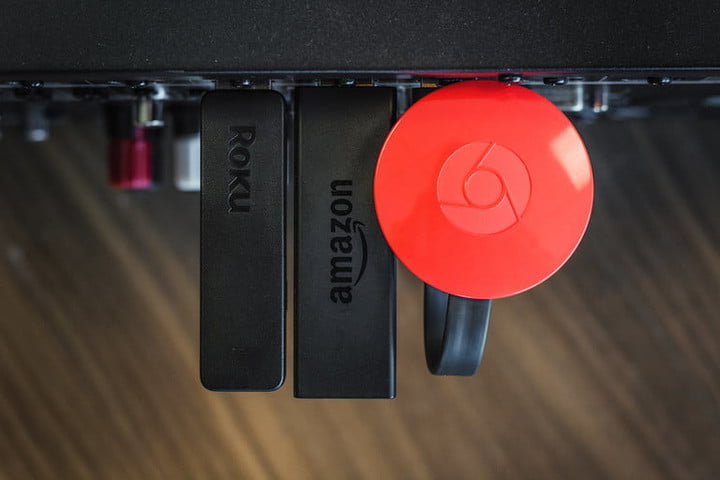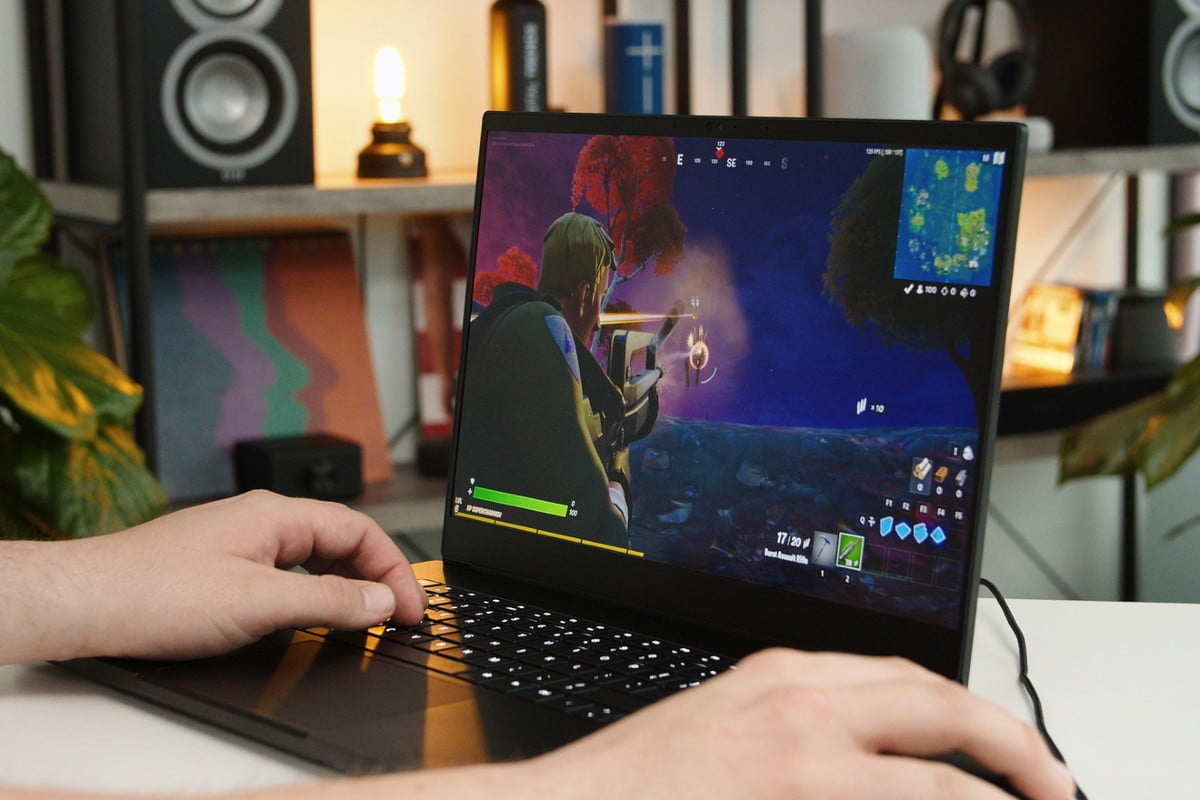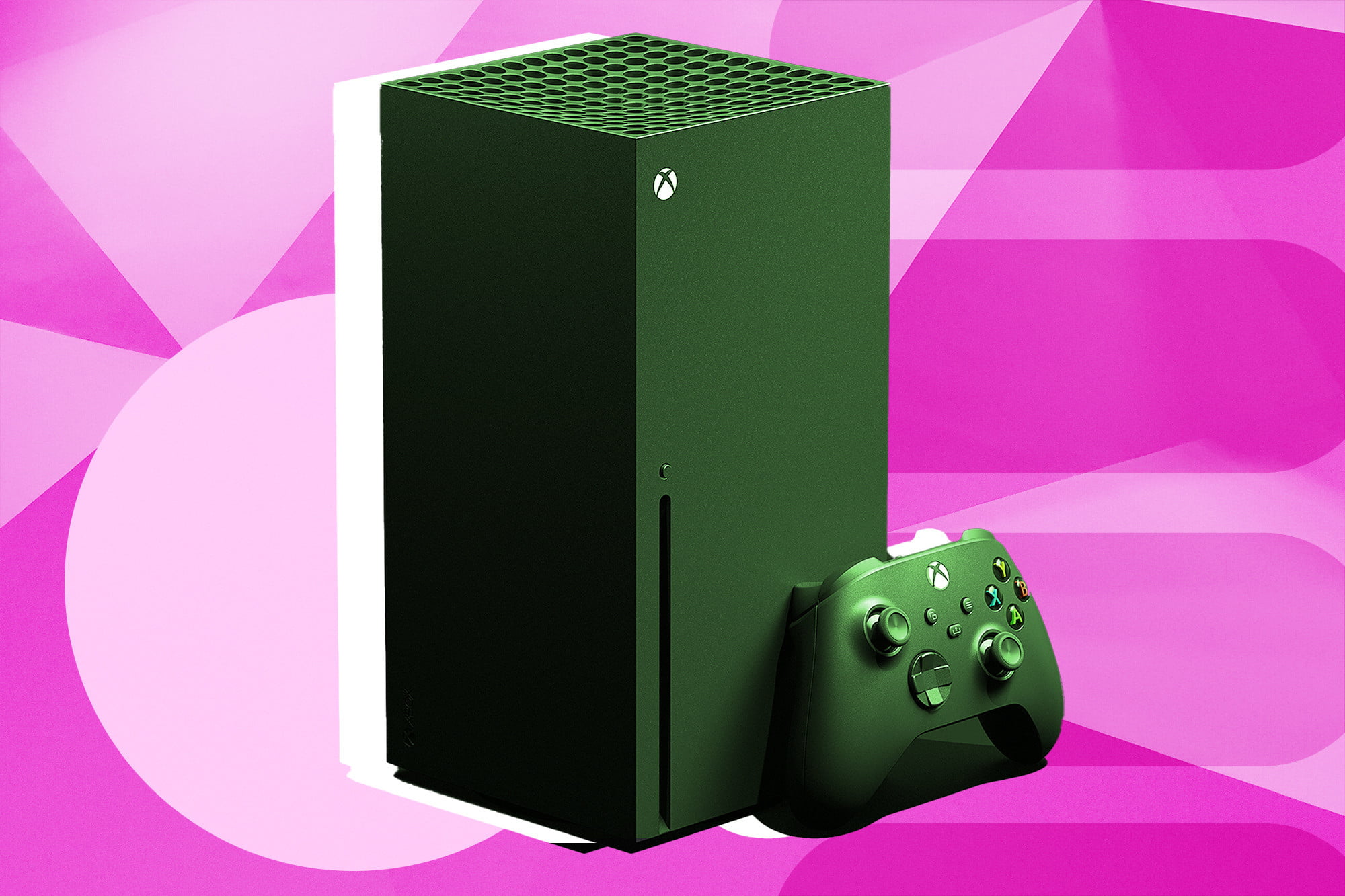In today’s digital landscape, more people than ever are cutting the cable cord to save money on the monthly bills. Why? Because there are so many great on-demand streaming services that they’ve nearly rendered cable obsolete. But with so many streaming services to choose from, it can be hard to figure out where to allocate your hard-earned cash. Streaming is a growing market, with new players joining the scene all the time, making what used to be a “Netflix or nothing” decision a whole lot harder. To make things easier, we’ve compared two of the most popular Netflix alternatives: Hulu and Amazon Prime Video.
Price
Amazon offers two main price tiers: $119 annually (discounted to $59 annually when you sign up with a valid student email address) or $13 per month. Both versions include all the Amazon Prime perks, like two-day shipping, discounted prices on select items, cloud storage, and — most important for our purposes — on-demand video and music streaming.
The best part is that, unlike Netflix, 4K Ultra HD content with HDR comes standard at no extra cost. Plus, you can share accounts with friends and family so that everyone can get in on the deals. You can also supplement Amazon’s included content with optional channel add-ons, such as CBS All Access, for an additional fee. Amazon doesn’t have a live TV streaming service per se, but many of the content providers it has partnered with for Prime Video offer the ability to watch their shows “live” too.
Hulu starts at just $6 for the ad-based service or $13 for the ad-free option (which we highly recommend, even at twice the cost). Hulu’s options don’t stop there, as it also offers a live TV streaming package similar to Sling TV, YouTube TV, Philo, and Fubo. The Hulu With Live TV streaming service is currently $65 per month and includes 75-plus live streaming channels on top of its regular on-demand library. Note, though, beginning December 21, 2021, this price is increasing to $70 per month. There are also add-on features like enhanced DVR and an ad-free experience for $71 per month.
While Hulu’s $6 tier on its own is technically cheaper, especially for those who want to stream 4K at the lowest possible price, Amazon offers the most value when considering all of its other perks and its complete lack of ads. Amazon has also stated that the company won’t raise prices for 4K streaming. Throw in Amazon’s student discount, and it walks away with the win here.
Winner: Amazon
Content library
Amazon Prime Video has a catalog of thousands of titles to watch before adding any premium options like Starz or Showtime. Plus, Amazon continues to invest heavily in original content, like The Wheel of Time, The Boys, and The Tomorrow War. Where Amazon really shines is in sheer quantity. It has almost more titles than Netflix and Hulu combined, with just under 8,000 titles as of September 2021. And of course, if you’re leaving a cable provider and think you’ll miss out on pay-per-view options, Amazon has an extensive collection of new releases available to buy or rent.
Hulu, which is owned in part by Disney, has access to an unparalleled collection of TV shows, making it a great choice if what you really want is a replacement for cable TV access to the major networks. Most shows are available the day after they air live on their respective broadcasters, except for CBS, which is not a part of Hulu. It has a decent collection of movies, but you can tell that movies are not the principal attraction.
We’re going to give this one to Hulu for now, because while it may not match Amazon’s breadth of selection, we think you’ll actually want to watch more of Hulu’s catalog.
Winner: Hulu
Supported devices

Nowadays, both Amazon Prime Video and Hulu are accessible on pretty much everything from Android and iOS devices to Apple TV, Roku, and Amazon Fire TV streaming devices. The full list is far too long to include, so head over to each provider’s website to see if your device made the cut: Hulu, Prime Video.
Winner: Draw
Interface and ease of use
Amazon has a scattered interface across devices that’s not very well designed, though it is constantly improving. One point in its favor is that you can browse Prime Video directly on the Amazon webpage and its various apps, and it also works great with Amazon’s Fire TV streaming devices. However, these interfaces often differ from one another, and frankly, some aren’t as intuitive as others are.
Hulu has a relatively intuitive interface that’s much more uniform, offering categories like Keep Watching, TV, Movies, and Kids that make it pretty simple to navigate. You can also add on premium channels like HBO, and shows and movies from those channels will show up on your primary interface. For its quick interface and ability to incorporate premium channels, we’re going to designate Hulu as the winner.
Winner: Hulu
Audio and video quality
As touched on above, Amazon offers 4K Ultra HD resolution and HDR streaming support and does so at no extra charge. In terms of video quality, that’s huge, and those with high-quality, large TVs (55 inches and up) should take serious note. Hulu’s 4K UHD content continues to grow but, and is currently available on a range of devices, including Apple TV 4K set-top boxes (fifth-gen and up), Xbox One/X/S, Roku, Chromecast Ultra, Amazon Fire TV devices, Vizio’s SmartCast TVs, and LG 2017, 2018, and 2020 UHD TVs.
As for audio quality, Hulu has limited stereo sound for the vast majority of its content, although the same shows are available in 5.1 surround sound elsewhere. Yes, some select shows and movies support 5.1, but it’s nowhere near as impressive as Amazon’s 5.1, 7.1, and Dolby Atmos surround sound encoding on select content. Did we mention there’s no extra charge for any of this high-end A/V support? Yup, Amazon wins this one without breaking a sweat.
Winner: Amazon
Release date for new content
It’s hard to find fresher content than Hulu’s list of TV shows. With few exceptions, each episode will be available within 24 hours of its original airing, and if you’re on the more expensive no-ads plan, you get to watch them uninterrupted, which is worth the one-day wait.
If you’re not willing to move up to the premium tier ($13 per month compared to the standard $7 fee), the commercials can really impede Hulu’s greatness. Users who don’t move up will have to watch a stream of ads, the number of which has only grown more frequent (and yet, less varied) as the service has expanded. Hulu’s movies are less current but no older than what you’ll find on most competing services.
As mentioned previously, Hulu has live TV available at $65 per month, which includes live sports and news if you’re willing to pay. In contrast, Amazon has “Channels,” which allows you to add select premium channels with newer content. Of course, if you don’t pay for Channels on Amazon (which are pricey to add on), you can purchase the latest episodes, but you’ll end up paying a massive premium that makes it all but prohibitive ($2 to $3 per episode for SD, $3 to $4 for HD, or $20 to $40 or more for a “season pass”).
For serious cord-cutters who want to stream the latest series, Hulu is the only way to go.
Winner: Hulu
Free 30-day trial
Original content
Amazon and Hulu have been catching up to Netflix with quality in original programming. Now that Disney has taken over the majority ownership, we expect a lot more of the programming the company won’t show on its Disney+ service to show up on Hulu.
For Amazon, notable content includes highly-reviewed shows like The Wheel of Time, The Boys, Jack Ryan, and The Marvelous Mrs. Maisel, all of which are worth discovering. Also, Amazon is spending hundreds of millions of dollars on its new Lord of the Rings series. Jeff Bezos has deep enough pockets to compete with virtually anyone in streaming.
Though neither of these services can hold a candle to Netflix regarding original content, we’re giving this one to Amazon because — at the moment, anyway — we believe it’s spending more aggressively on new content than Hulu, which bodes well for the future. That said, with Disney taking control of Hulu, this could change quickly.
Winner: Amazon
Other features to consider
Conclusion
If you’ve already got an Amazon Prime membership, then there’s hardly any contest — you’re already paying for Prime Video, so you might as well enjoy it. You might add Hulu’s cheaper ad-supported plan as a quick, simple way to see some shows you might be missing.
If you don’t have a Prime membership, however, a no-ads Hulu subscription is our winner. Despite the lack of 4K and better sound formats, Hulu has the content to please almost any viewer, especially if you like major network TV shows.


